The Scottish Government has issued new guidance on the thorny issue of mobile phone use in schools.
The guidance, which was published last week, looks at measures to tackle bullying and bad behaviour in Scottish schools.
Education Secretary Jenny Gilruth said headteachers will have the backing of the government if they decide to move forward with banning the devices in schools.
The decision to allow phones in school will be a matter for individual headteachers, with the Education Secretary saying that they know their pupils best and should be trusted to take the best decisions in the interests of school communities.
Will the refresh of the current guidance give schools the confidence to take what might be an unpopular decision?
Or should the government have stepped in and made the decision for them, with a nationwide ban on phones on the school estate during the school day?
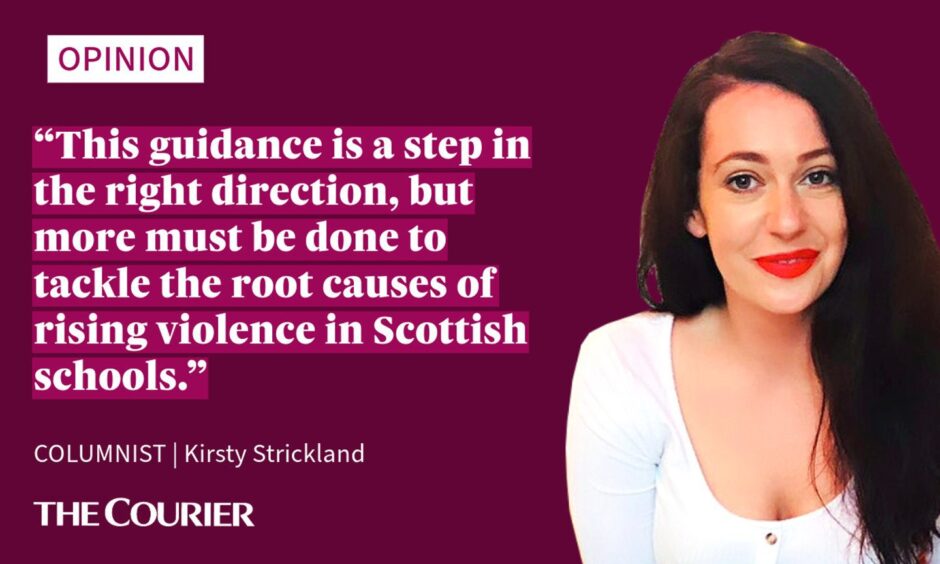
It’s an issue that divides opinion.
We know that there are many serious issues in Scottish schools which either stem from, or are exacerbated by, mobile phone use.
Across Fife, teachers report violence levels in schools which are above the national average.
As part of a worrying trend, many of these incidents have been filmed by pupils, shared in group chats and posted on social media.
Last year, a horrifying video showed a pupil being pulled to the ground and attacked in a Glenrothes school playground.
A phone ban during the school day wouldn’t instantly solve all the problems we see in schools, but there are undeniable advantages for those that decide to go ahead with one.
A recent international study, which was cited in the guidance, showed that a third of pupils admitted being distracted by phones in almost or every lesson.
Phone ban guidance could reduce violence
Even for adults, the lure of a pinged notification is sometimes too tempting to ignore.
During class, children should be learning, not scrolling. Phones should be switched off, unless there is a very good reason that they need to be on.
There is also an argument to be made for not allowing phones at break time either, given the number of filmed assaults we have seen taking place during free time during the school day.
In addition to this, we have the issue of inappropriate material being shared between pupils.
It’s something that my daughter’s primary school sends regular communications about. It doesn’t matter what safeguards you as a parent put in place to ensure that your children aren’t viewing age-inappropriate content, if their classmate has free reign on their own device and shares that material with them.
Despite this, I think it is right that headteachers themselves are the ultimate arbiter of the phone rules in their own schools.
A nationwide ban handed down by the Scottish Government would still have to be enforced by schools. As soon as we make a school policy mandatory, we create an extra burden on already overworked teachers to comply with it.
Flexibility is key
What would happen to the school that was found to be falling short in spotting and dealing with the sneaky phone use of its pupils?
There is also the concern that an outright ban would unfairly impact pupils from disadvantaged areas, in schools that might not have access to an adequate number of laptops and computers that are used during the school day.
Flexibility is key. This guidance is a step in the right direction, but more must be done to tackle the root causes of rising violence in Scottish schools.
We all have high hopes and aspirations for our education system and the transformative impact it can have on a young person’s life. That vision is not always realised, but as a bare minimum, parents should at least be able to rely upon schools being a safe place for children to learn.
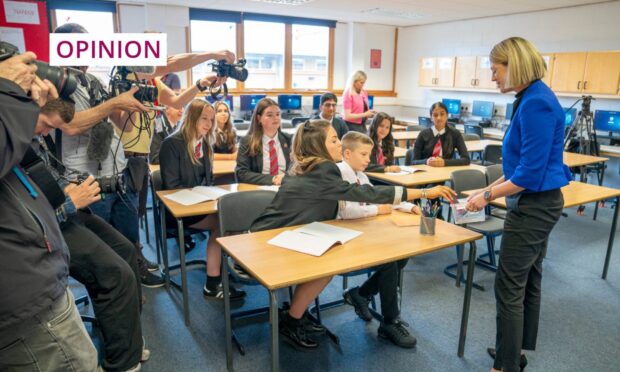

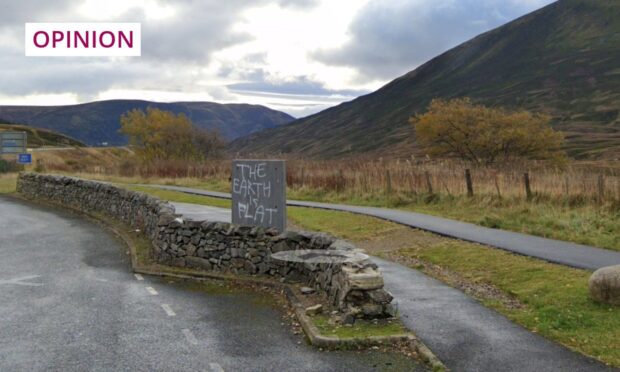

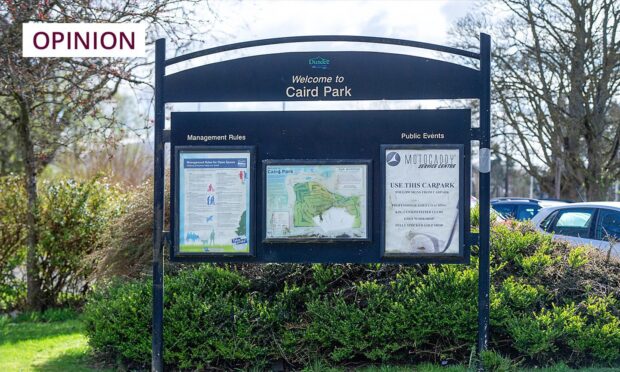






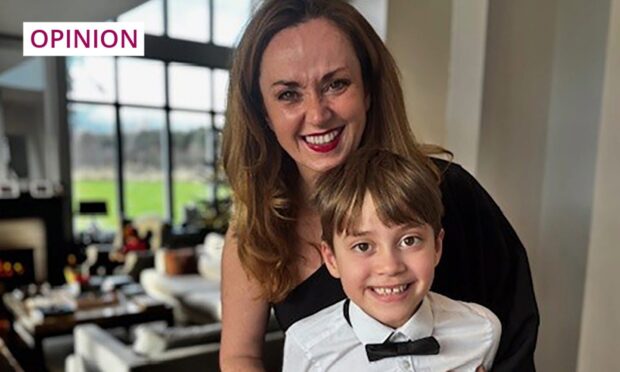
Conversation